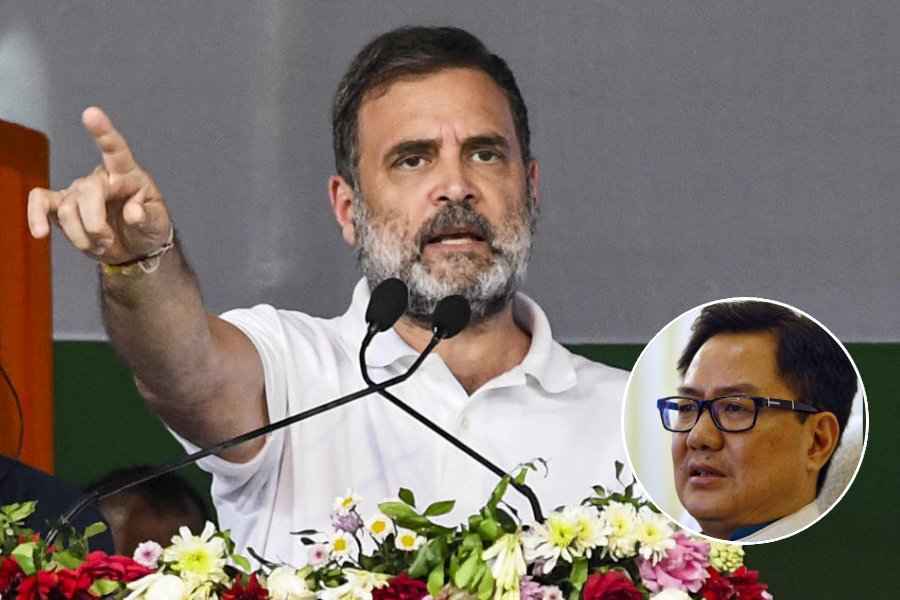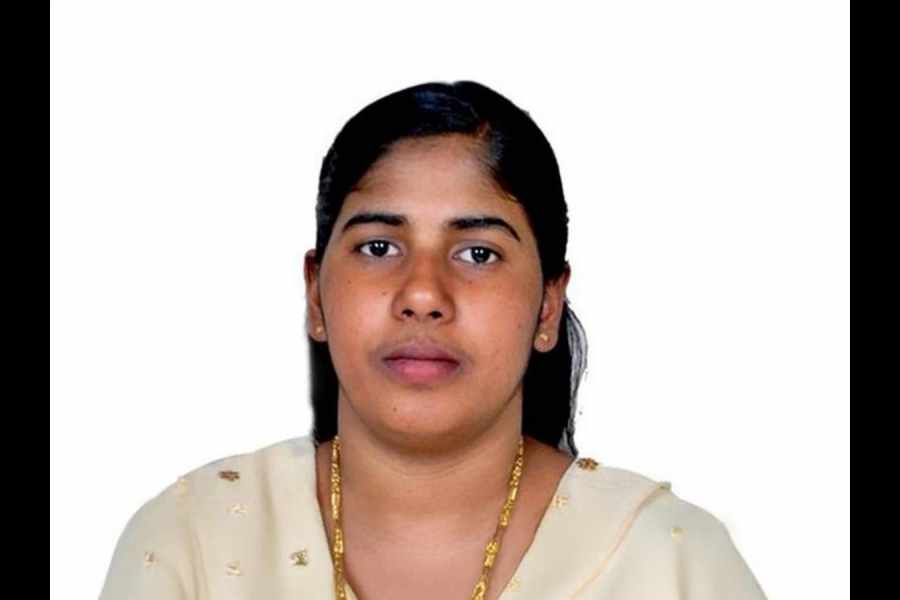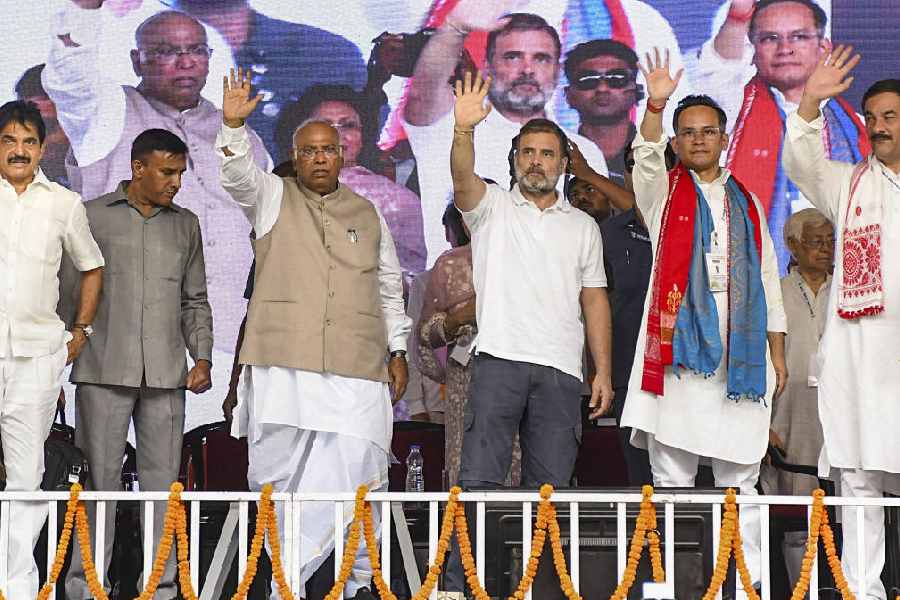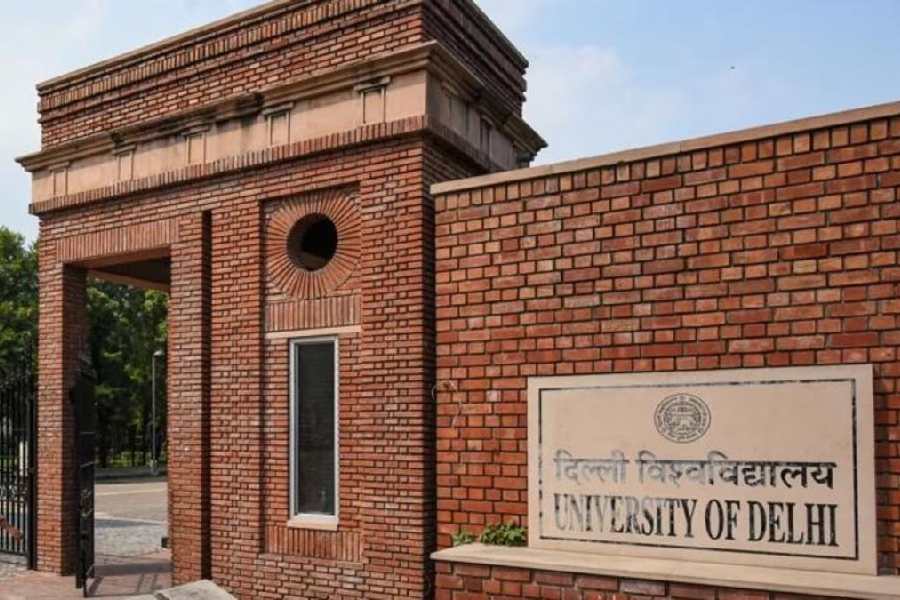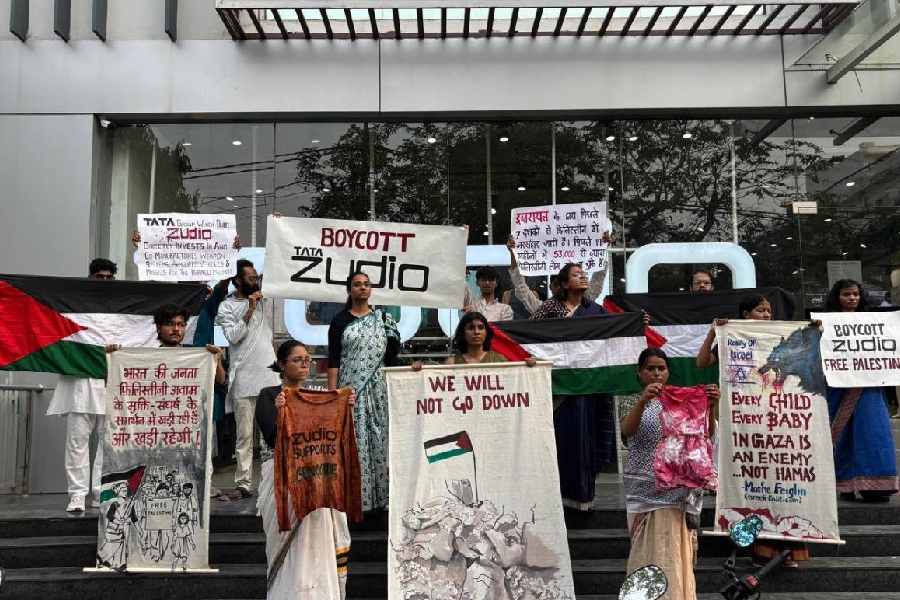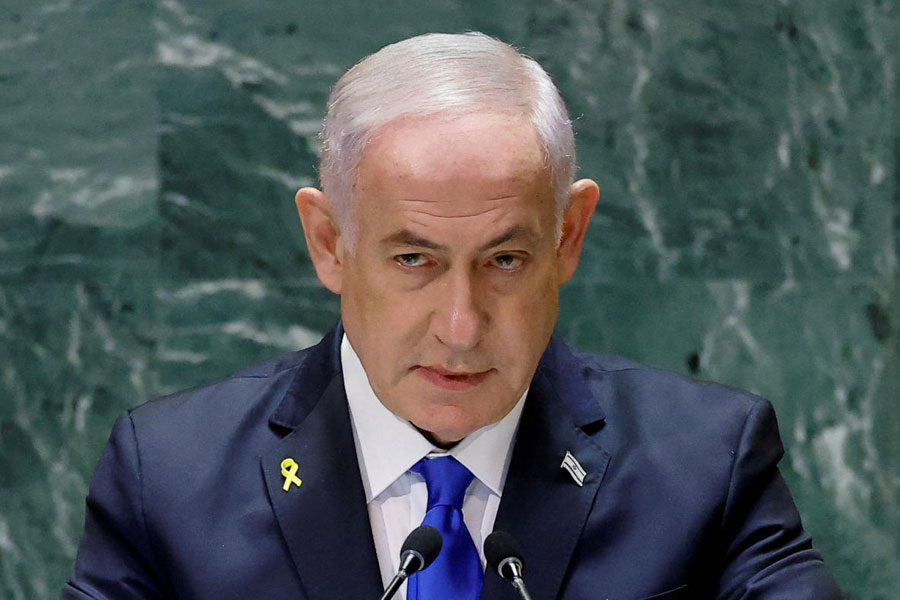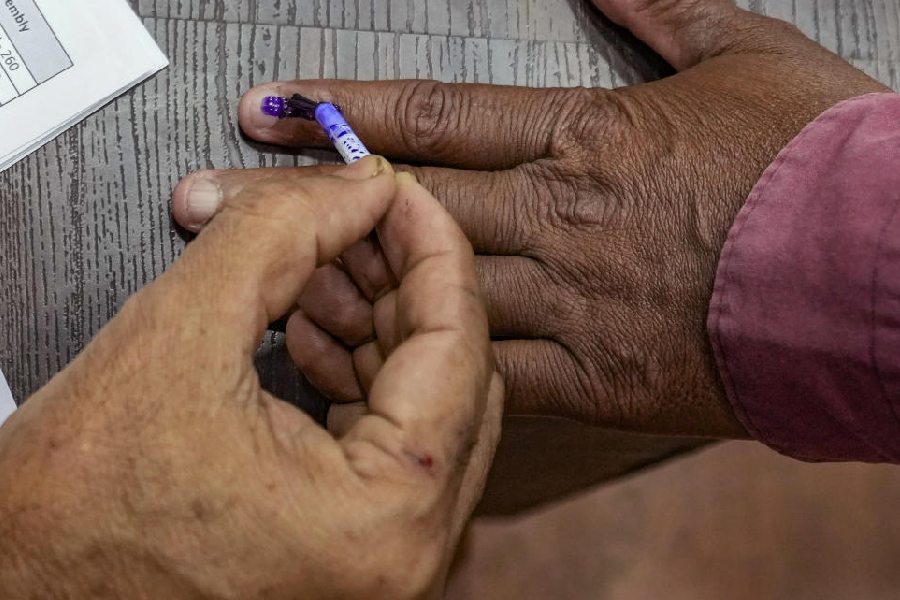New Delhi, March 31: You land up at the poll booth to cast your vote and find someone else has done the honours. Do you boil over with rage, walk off in a huff or lodge a dignified complaint with the polling officials?
For everyone who has had to wrestle with the frustration of false voting, help is finally at hand.
Election Commission officials say this general election will be the last time that anyone will ever suffer the pangs of bogus voting. From the next round of elections — general or state — the Indian voter will gain protection from a national photo voter list.
Voters are at present issued photo identity cards, but the list of voters at the poll booths do not carry photos with which they can be matched. That’s what the photo voter list will do.
The Election Commission has already agreed to a proposal that officials be allowed to keep “photo voter list” at election booths wherever possible during the general elections to be held in four phases.
However, this will not be used to bar someone from casting his vote if the photos don’t match as there is no official seal of approval on the photo voters’ list yet.
Since photo identity cards have not been issued to all voters in the country, the Election Commission does not have the database to prepare a photo voters’ list for the entire nation.
A photo voters’ list will reduce the chances of bogus voting that has been one of the major headaches for the election panel.
“It will also give an opportunity to the voters to appeal against a practice that robs them of their right to exercise their vote. There are several technical problems that have slowed down the process of issuing photo identity cards to each eligible voter in the country. This database is important for us to prepare the photo voters’ list,” said a senior Election Commission officer.
“This was a proposal that was taken up for discussion with senior Election Commission officials. It was informally agreed that it might be used during the next general elections. Before that, a trial may be held in one of the byelections. While officials who wish to use it, may do so if they have the resources, it will not be a criteria to be eligible for casting your vote,” added the official.
To make more use of information technology to check fraudulent voting during elections, the Election Commission is exploring a proposal to use biometrics technology to identify the voter.
Biometrics uses the thumb or the pupil of the eye — both of which have unique characteristics — to identify the voter. “There can be no better method than this to identify the voter. It will need investments but will encourage more people to come to the polling stations,” said an Election Commission official.
The officials also said there would be special focus on harnessing information technology to ensure the compilation of quick and accurate results.
India will depend solely on electronic voting for the coming elections. Electronic voting machines are at present stand-alone devices and there is no plan to hook them up to a central server to speed up the process of counting.
Election Commission officials said there were problems associated with such a process but they were exploring options for future elections.


